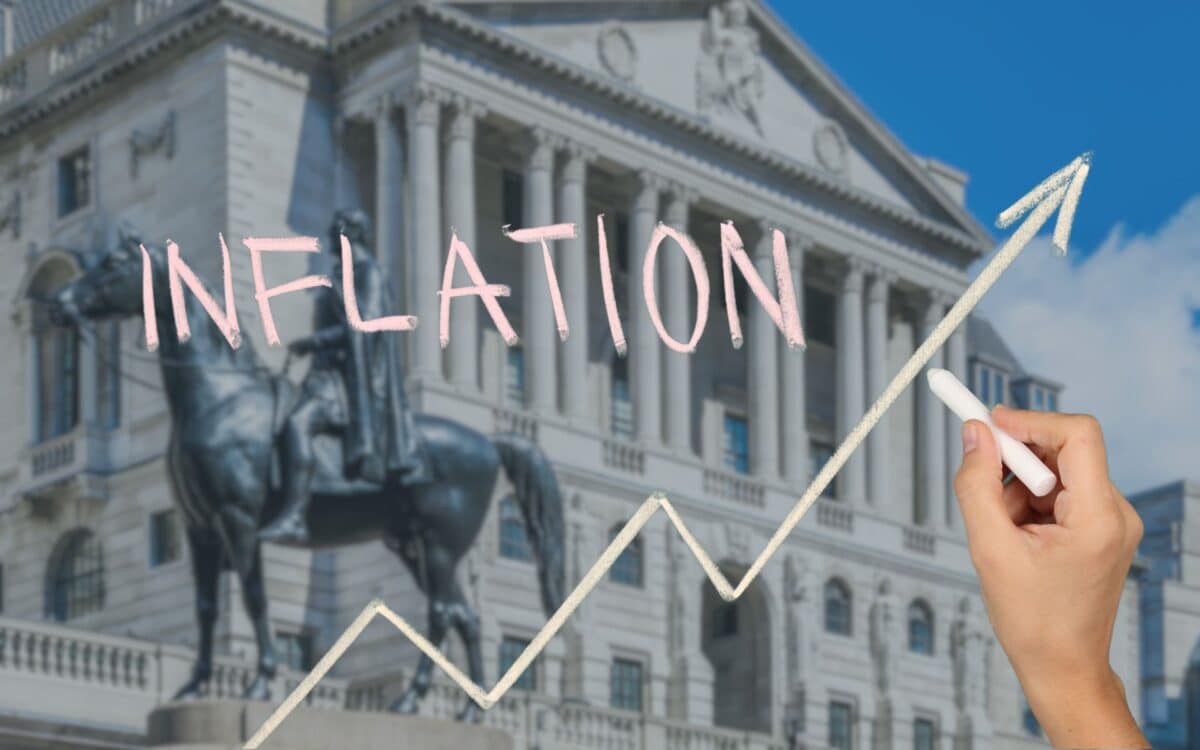UK inflation unexpectedly fell in March, increasing expectations that the Bank of England may reduce interest rates at its upcoming meeting in May.
The latest data from the Office for National Statistics (ONS) revealed a sharper-than-anticipated drop in consumer prices, marking the second consecutive monthly decline and prompting renewed scrutiny of the Bank’s current policy stance.
According to a report by GB News, this surprise dip in inflation has intensified calls for a potential rate cut, especially as borrowing costs remain at their highest level in over a decade. The development reflects shifting dynamics in both domestic prices and global economic conditions.
Inflation Falls to 2.6% in March
According to the ONS, the Consumer Prices Index (CPI) fell to 2.6% in March, below the 2.7% forecast by City economists. This drop follows a decline from 2.8% in February and continues a trend that began in January, when the CPI stood at 3%. The larger-than-expected decrease was driven in part by lower fuel prices and a continued cooling of clothing costs, which had significantly contributed to February’s moderation.
Despite remaining above the Bank of England’s 2% target, the sustained downward trajectory in inflation has intensified speculation about changes to the Bank’s monetary policy.
Market Anticipates a May Rate Cut
The Bank’s Monetary Policy Committee (MPC) will meet on May 8, 2025, to assess the current economic environment. Many analysts now believe a rate cut at that meeting is increasingly likely, with some considering it almost certain. The base rate currently stands at 4.5%.
Former Bank of England deputy governor Charlie Bean recently argued that the Bank should set aside inflation concerns in the short term, suggesting a reduction of at least 0.5% in the base rate. In a broader appeal, former Prime Minister Gordon Brown has called for a coordinated interest rate cut by major central banks.
Markets had previously expected UK inflation to peak at around 4% this summer. However, evolving global developments, especially in trade policy, are reshaping these expectations.
Temporary Drop, April Pressures Ahead
The decline in March may not persist. Analysts expect inflation to rise again in April, driven by a range of domestic and international factors. Households are beginning to face higher council tax and utility bills, and domestic energy costs are increasing. Businesses, facing higher taxes and labor costs, are also likely to pass those expenses on to consumers.
Dean Butler, managing director for Retail Direct at Standard Life, warned of a turning point:
“While the weather’s been picking up, inflation has been cooling down, falling to 2.6 per cent in March. Unfortunately, this might be the last of the good news, as the impact of a tumultuous April kicks in next month.”
He added:
“Energy price rises and other bill increases combined with the impact of tariff turmoil all look set to make their mark – on inflation figures.”
Economists now anticipate CPI could climb back above 3% in the coming month.
Global Trade Uncertainty Reshapes Inflation Forecasts
Recent tariff announcements by the US administration have introduced fresh volatility. President Donald Trump’s trade policy moves are expected to depress global growth and suppress price pressures, which could limit the summer inflation peak. One effect has been lower global oil prices, feeding into the recent drop in UK inflation.
There is also concern among analysts that China may divert goods originally intended for the US to European markets, potentially driving down prices in certain sectors, while increasing competition for local producers.
These factors complicate the Bank of England’s forward outlook, as it must assess whether current trends reflect structural shifts or short-term anomalies.
Borrowers Gain, Savers Adapt
A rate cut would benefit borrowers, particularly those with variable-rate mortgages or businesses reliant on credit. Savers, by contrast, may face reduced returns, especially as inflation expectations remain volatile.
Dean Butler recommended that consumers be proactive:
“Shopping around for the best rates remains crucial in order to avoid losing returns on savings.”









